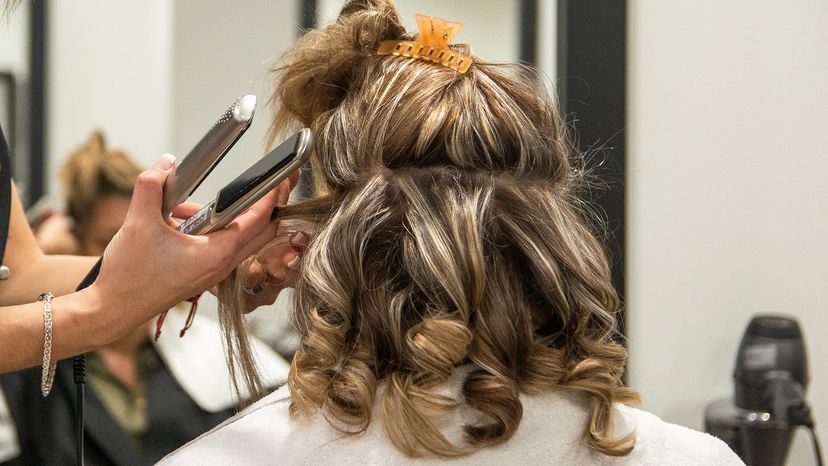Balayage, which derives from the French for "sweeping," is another highlighting technique to add dimension and visual interest to your hair. With the balayage technique, stylists use a freehand approach and no foils. It's not as uniform as traditional highlights.
"Balayage is a much more visual technique, meaning unike highlights that follow a sectioning pattern, balayage allows your colourist to personalise your colour placement," Samantha Cusick, founder of Samantha Cusick London Salon, tells Ouai.
"Think contouring for your hair," she continues. "Lighter pieces are placed where best to complement your hair cut, facial features and skin tones, making it look way more natural. It's also so much quicker than traditional foiling,"
